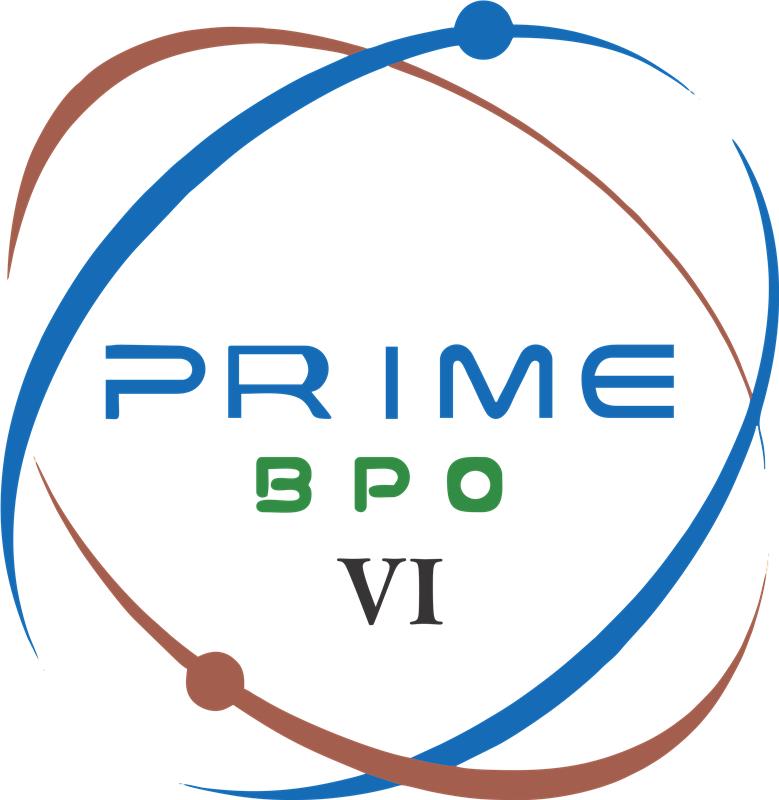In today's competitive business landscape, understanding Key Performance Indicators (KPIs) can make or break your success. But what exactly are these KPIs, and why are they so critical to business development? How can you identify the most relevant KPIs for your business, and what strategies can you implement to optimize them effectively? This article will discuss the essentials of business development KPIs, offering insights and practical tips to help you measure performance, drive growth, and achieve your business objectives. Join us as we explore the vital role of KPIs in transforming your business into a thriving enterprise.
What is business development KPI?
A business development KPI is a quantifiable factor that gives qualitative information about the performance and achievements in business development.
These KPIs are useful to monitor specific business strategies and work to analyze the results of business promotions, market penetration, and overall sales.
Performance indicators for business development might differ from one business to the other depending on the type of industry and the objectives of the company, but some may include revenues, customers, markets, operations, and new products and services.
Importance of tracking business development KPIs
There are several reasons as to why business development KPIs need to be tracked.
First of all, it provides an opportunity to evaluate activities, their effectiveness and recognize further development potential. In the short term, consistent assessments allow one to determine successes as well as failures that require change.
Secondly, KPI use in the management process facilitates decision-making and strategy development by providing an assessment of organizational performance based on the results of implemented initiatives.
Monitoring KPIs also helps businesses remain adaptable to a dynamic competitive environment. It assists in recognizing and tracking trends and risks – and their implications for change in strategy.
Get Free Quotes
Customized Options Await
Categories of KPIs
Most KPIs fall into four different categories, with each category having its characteristics, time frame, and users.
Strategic KPIs
Strategic KPIs are usually the most high-level. These types of KPIs may indicate how a company is doing, although it doesn’t provide much information beyond a very high-level snapshot. Executives are most likely to use strategic KPIs, and examples of strategic KPIs include return on investment, profit margin, and total company revenue.
Operational KPIs
Operational KPIs are focused on a much tighter time frame. These KPIs measure how a company is doing month over month (or even day over day) by analyzing different processes, segments, or geographical locations. These operational KPIs are often used by managing staff and to analyze questions that are derived from analyzing strategic KPIs. For example, if an executive notices that company-wide revenue has decreased, they may investigate which product lines are struggling.
Functional KPIs
Functional KPIs hone in on specific departments or functions within a company. For example, the finance department may keep track of how many new vendors they register within their accounting information system each month, while the marketing department measures how many clicks each email distribution receives. These types of KPIs may be strategic or operational but provide the greatest value to one specific set of users.
Leading/lagging KPIs
Leading/lagging KPIs describe the nature of the data being analyzed and whether it is signaling something to come or something that has already occurred. Consider two different KPIs: the number of overtime hours worked and the profit margin for a flagship product. The number of overtime hours worked may be a leading KPI should the company begin to notice poorer manufacturing quality. Alternatively, profit margins are a result of operations and are considered a lagging indicator.
Most commonly used Business Development Key Performance Indicators (KPIs)
We have agreed that it is extremely critical to monitor the dynamics and results of business activities using KPIs for business growth. It is now time to speak about the business development KPIs, which are utilized in the majority of businesses to enhance business growth.
Bookings
This business development KPI is used to identify the amount of work that has been secured or performed by your firm regardless of billing it. You typically generate a booking whenever your customers inform you that your company has been chosen. This KPI is usually an indication of what is still pending to be worked on. This KPI is further broken down into
- Repeat clients vs. new clients
- Business units, departments, disciplines, or offices
- Geographic locations
- Market sectors or client types
Get Free Quotes
Customized Options Await
Proposals
This KPI helps companies determine if they have enough staff and budget to continue a project. You can track a proposal by either looking into the type of proposal that had been submitted for the business or based on the selected type.
Gross profit margin
The growth Profit margin is the total amount of money that remains with you or comes back to you after you are done paying for everything your business needs. In simple words, it is the amount that remains after subtracting all the other expenses. The higher the gross profit margin is, the more money you are left with for investing in new products or services according to your demands. This gross profit margin can also be used to pay down the debt.
Marketing spends
Marketing expenses are the funds that a company deploys in its marketing operations, such as its marketing promotions. Marketing includes an advertisement or the use of social media to advertise your products or services and these two modes of marketing will cost you some amount. This will boost your sales as more people become aware of the existence of your company and what you are selling either in the form of products or services. If you invest heavily in marketing then you benefit a lot by attracting your customers to your products. This will help enhance the overall revenues of the firm.
Operating costs
Operating costs include the money spent on things such as rent, and utilitiesThese include things like rent and utilities, labor costs, etc. If your operating costs are lower when compared to the operating costs of other companies, this means your financial growth is guaranteed and you are more likely to grow financially.
Growth of business
This business development key performance indicator can be defined as the pace of growth of your business or company. A business can also grow when the current annual revenue is compared to that of the previous year.
Sales
This KPI enables the determination of the number of products or services that any business may be offering at a given time and can simply be known as the count of units. It is also known as revenue.
Net income
This is an important measure for measuring a company’s profitability since it represents how much money was made for each unit sold by a business during its period of operation.
Revenue growth
Revenue growth indicates that more money is generated than spent, and it reflects that your company is financially healthy and capable of addressing every type of project. Maintaining a healthy financial status of any business is crucial For the business to operate effectively, therefore this KPI can point to the financial health of a firm.
Customer retention rates
Customer retention rates are another very useful and commonly used business development KPI that can help determine how quickly customers are coming back to your business after they’ve left. A lower value of customer retention rate indicates that you need to make changes to keep them coming back or you need to work on strategies to retain your old customers because it is very difficult to get a new customer than to retain an old one.
Tracking business development key performance indicators (KPIs) is crucial for driving growth, making informed decisions, and formulating effective strategies. In conclusion, KPIs are very important instruments to understand the functioning and performance of organizations, as well as to detect points of improvement.
References:






